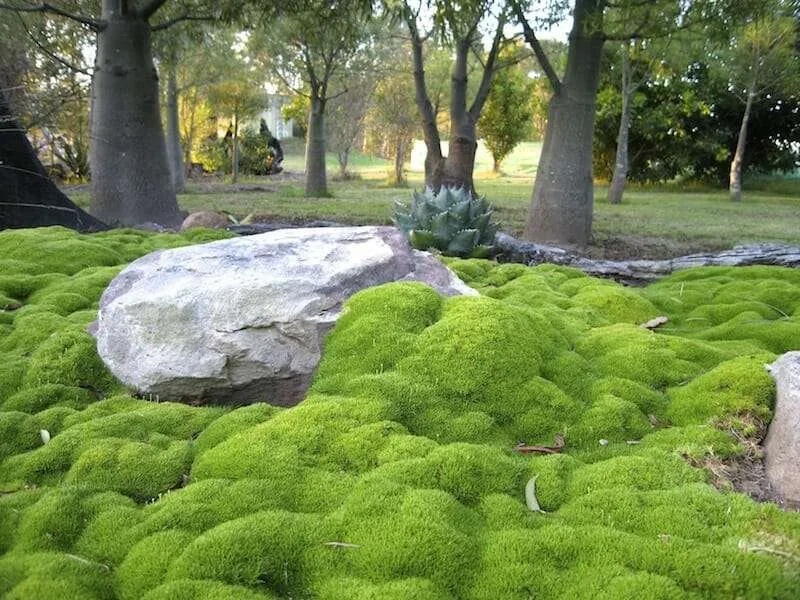Hoya Heart, Hoya kerrii
Who needs red roses for Valentine’s Day when there’s this sweetheart of a succulent that packs oodles of charm in a tiny package? While it’s true that nothing beats the smell of fresh roses, this heart-shaped plant wins when it comes to gifts that last.
Please keep reading to learn more about the hoya heart.

Leading up to Valentine’s Day, single-leafed hoyas fly out of nurseries, florist shops, and garden centers. And you can see why: It’s petite, it’s heart-shaped, and its petals don’t fall off. Its cuteness seems tailor-made for the holiday. Just be advised that it won’t grow into one massive heart, nor will it sprout multiple hearts. That’s because the single leaf is rooted as a leaf cutting, not as a stem cutting with nodes. Still, that single leaf planted in well-draining soil can live for years. If you prefer a hoya heart plant that will grow multiple leaves, make sure to buy a rooted version that has at least two leaves.
Native to Southeast Asia, hoya heart is a tropical vining succulent with thick and waxy evergreen leaves. If conditions are right and you have a mature plant that’s a little root-bound (they like tight quarters), you will be gifted clusters of fragrant white blooms. But even without the flowers, the plant is attractive. I love houseplants that wind and weave, and especially when they trail down shelves, and some hoya heart stems might be as long as six feet or more.
Since hoya hearts come from tropical areas, they do appreciate some warmth and humidity. Either mist them every so often or place them on a steamy bathroom shelf. Another option if your home has dry air is to place your potted hoya on a bed of pebbles filled with water to add ambient moisture.
For bonus charm and uniqueness (and a bigger price tag), look for two unique varieties: Hoya kerrii ‘Variegata’ with yellow edges and Hoya kerrii ‘Splash’ with speckled leaves.
Cheat Sheet

- Hoyas are easy-to-care-for houseplants.
- Safe for cats and dogs to nibble on.
- Great in a hanging basket or perched on a shelf so the cascading stems can be appreciated.
- Consider using a pole or trellis if an upright appearance is desired. Pro tip: Hoya stems are not very flexible so start your trellis training early.
Keep It Alive

- Plant in fast-draining cacti/succulent potting soil.
- Tolerates medium light but performs better in bright indirect light.
- Situate your hoya away from chilly drafts. Warmer locations are preferred.
- If your outdoor temperatures dip below 50°F, keep this succulent inside for sure.
- Like most other succulents, this plant is mostly undemanding but still appreciates water when the top layer of soil is dry. Thoroughly water, let the excess drain out, then wait about 7 days before watering again. Of course this frequency depends on the size of your pot and its location.
- Reduce the watering in the winter when the plant is dormant.
- Repot every three years or so when the roots get overly crowded and poke through the drain holes in your container. Do any repotting in the spring before new growth starts.
See also:
- 9 Best Practices for Sustainable Houseplants
- Gardening 101: String of Pearls
- 5 Favorites: Pinkalicious Succulents















Have a Question or Comment About This Post?
Join the conversation (0)